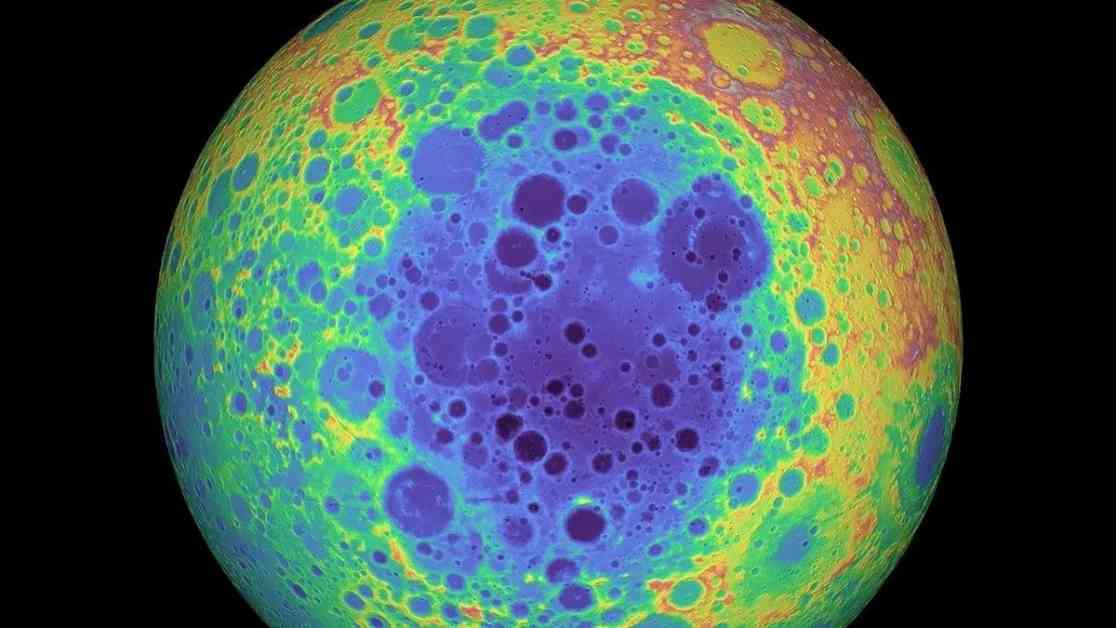Scientists have made a groundbreaking discovery regarding the age of the moon’s largest impact crater, the South Pole-Aitken Basin. Using elevation data and analyzing a lunar meteorite known as Northwest Africa 2995, researchers from the University of Manchester have dated the basin to be between 4.32 and 4.33 billion years old. This finding is significant as it suggests that the intense period of impact bombardment on the moon may have occurred over a longer period than previously thought.
The proposed age of the SPA basin, being 120 million years older than expected, challenges the notion that the most intense period of impact bombardment on the moon occurred between 4.2–3.8 billion years ago. This new information not only sheds light on the moon’s history but also has implications for Earth’s early history. By studying the moon’s impact history, scientists can gain insights into the conditions that Earth may have experienced during the same period.
While the dating from the Northwest Africa 2995 meteorite has provided valuable information, the research team plans to confirm their findings with a sample-return mission from within the crater itself. This emphasizes the importance of future exploration missions to the moon.
The team’s research was published in the journal Nature Astronomy, showcasing the significance of their discovery. By expanding our understanding of the moon’s impact history, scientists can continue to unravel the mysteries of our celestial neighbor and gain insights into the early history of both the moon and Earth.
As we look towards the future of space exploration, discoveries like this remind us of the importance of studying celestial bodies like the moon. With advancements in technology and a growing interest in space exploration, we can expect even more exciting discoveries to come.










